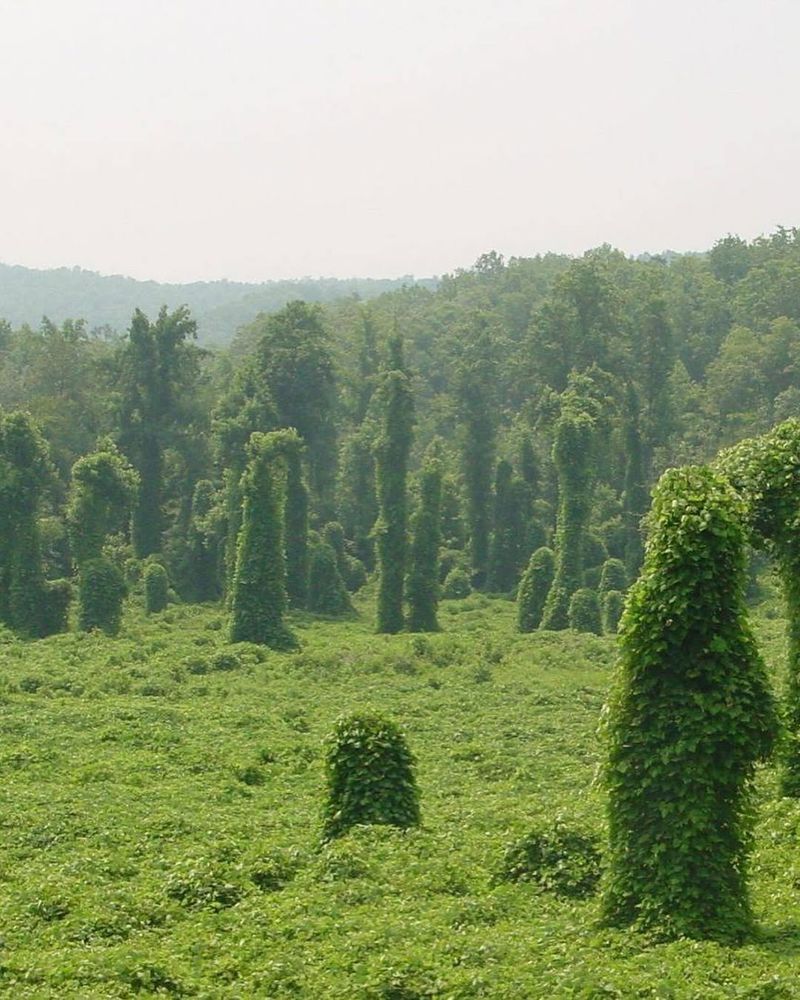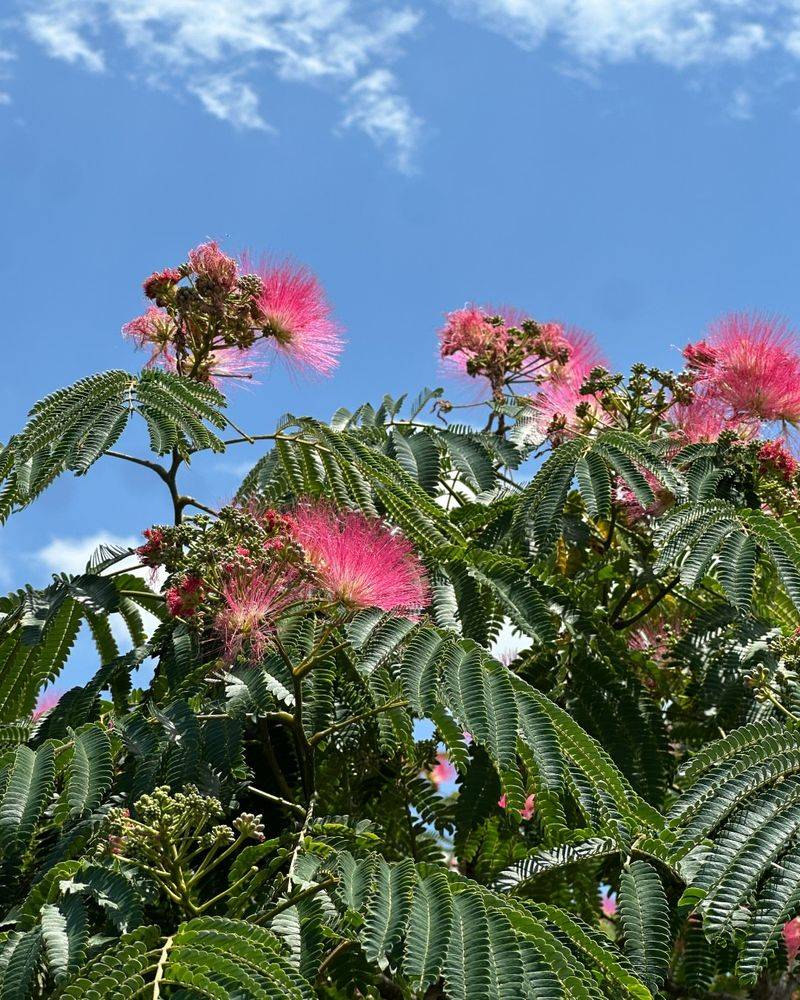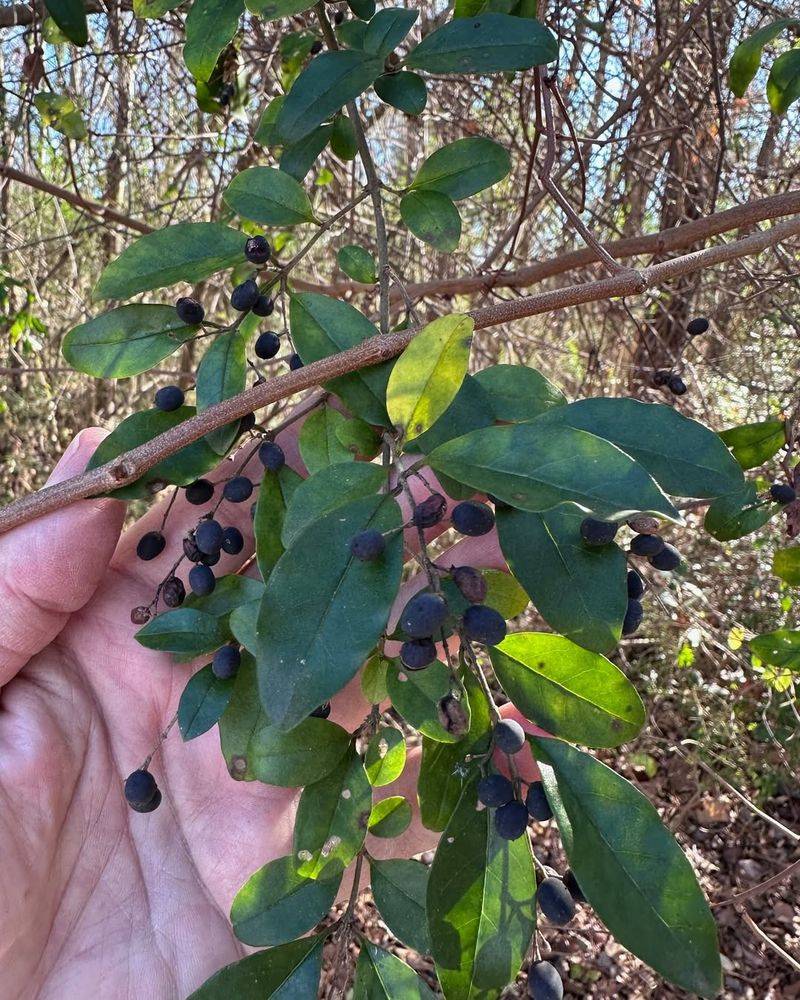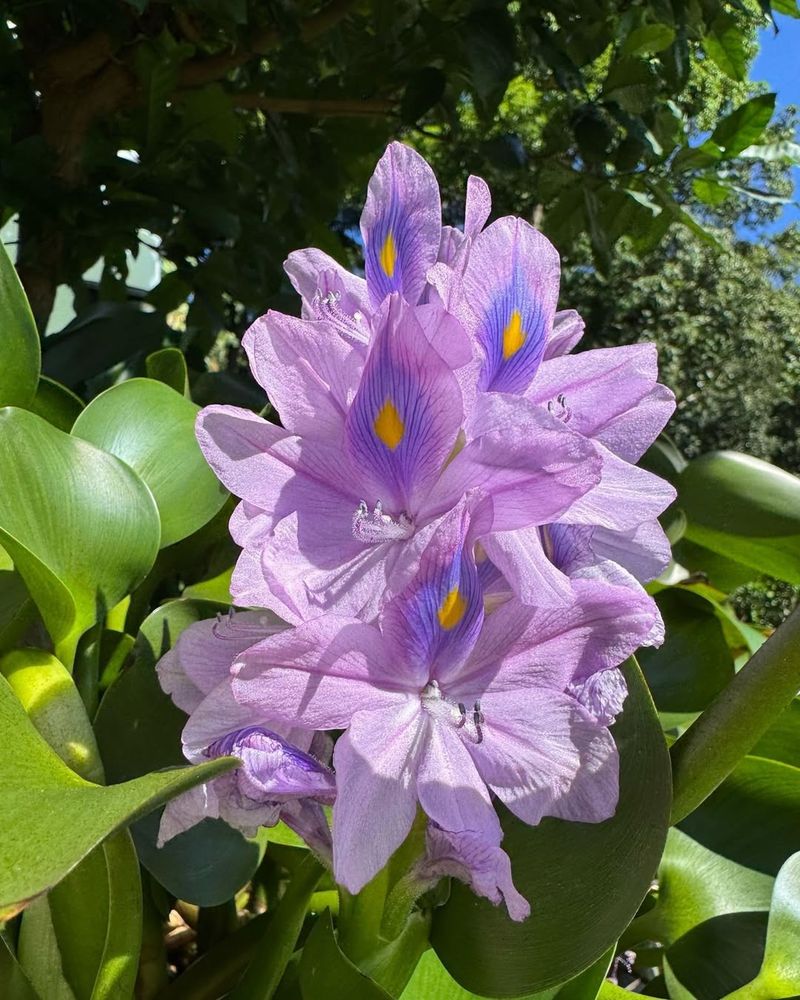When it comes to plants in Tennessee, moving them around isn’t always risk‑free. Some species are under state regulations because they spread aggressively and threaten natural habitats.
If you’re thinking of relocating a plant—or even sharing it with a friend—make sure it’s not on the regulated list first. These 10 plants could land you in trouble if you move them without checking the rules.
1. Japanese Honeysuckle
Sweet-smelling flowers make this vine attractive, but its aggressive growth pattern causes serious problems. Japanese honeysuckle wraps around trees and shrubs, blocking sunlight and eventually killing them.
Originally planted for erosion control, it now spreads uncontrollably across Tennessee hillsides. The state restricts moving this plant because it damages forests and crowds out beneficial native species.
Landowners spend thousands trying to remove established vines from their property each year.
2. Kudzu Vine
Known as the vine that ate the South, kudzu grows up to a foot per day during summer months. It blankets everything in its path, from abandoned buildings to entire forests.
Farmers introduced it in the 1930s for livestock feed and erosion control. Now it costs millions in damage annually across Tennessee.
State law prohibits transporting kudzu because one small piece can establish a new colony. Its root system extends deep underground, making removal incredibly difficult.
3. Purple Loosestrife
Vibrant purple spikes look beautiful in wetlands, but appearances deceive. Each plant produces over two million seeds annually, quickly dominating marshes and stream banks.
Wildlife suffers when purple loosestrife takes over their habitat. Ducks, frogs, and turtles lose food sources as native plants disappear.
Tennessee restricts movement of this aggressive invader to protect precious wetland ecosystems. Commercial nurseries once sold it as an ornamental before recognizing the environmental damage it causes.
4. Mimosa Tree
Fluffy pink blooms and delicate leaves give mimosa trees an exotic appearance that attracts homeowners. However, their seeds spread rapidly through wind and water, creating dense thickets.
Shallow roots make them vulnerable to storms, causing property damage when they topple. Seedlings pop up everywhere, from flower beds to forest edges.
Tennessee discourages planting and moving mimosas because they outcompete native trees. Their allelopathic properties actually prevent other plants from growing nearby.
5. Chinese Privet
Dense growth creates impenetrable walls along Tennessee roadsides and forests. Birds eat the berries and spread seeds everywhere, establishing new colonies rapidly.
Native understory plants disappear when privet blocks sunlight reaching the forest floor. Wildlife loses critical food sources as biodiversity declines.
Controlling established privet requires years of persistent effort and significant expense. State regulations limit its transportation to prevent further spread into healthy ecosystems and natural areas.
6. Autumn Olive
Silvery leaves and abundant red berries make autumn olive seem beneficial for wildlife. Wildlife agencies once promoted it for habitat improvement before understanding its invasive nature.
It fixes nitrogen in soil, altering natural nutrient levels and giving itself a competitive advantage. Dense stands exclude native shrubs that provide better nutrition for birds.
Tennessee now restricts moving autumn olive to protect native plant communities. A single mature shrub produces thousands of seeds annually.
7. Bradford Pear
Spring brings clouds of white flowers to neighborhoods across Tennessee, but Bradford pears have a dark side. Weak branch structure causes them to split apart during storms, creating hazards.
Cross-pollination with other cultivars produces thorny offspring that invade natural areas. These aggressive seedlings crowd out native trees and shrubs.
Tennessee increasingly restricts these ornamentals due to environmental concerns. Many cities now ban planting them in public spaces and parks.
8. Multiflora Rose
Farmers once planted this thorny rose for living fences and erosion control. Sharp thorns and aggressive growth quickly turned it into a nightmare for landowners.
Arching canes root wherever they touch ground, creating impenetrable thickets across pastures and fields. Cattle and wildlife get injured trying to navigate through the thorny barriers.
Tennessee prohibits moving multiflora rose because it reduces usable farmland and degrades wildlife habitat significantly. Each plant produces hundreds of seeds.
9. Tree of Heaven
Despite its heavenly name, this fast-growing tree creates problems wherever it establishes. Root systems produce chemicals that poison surrounding plants, eliminating competition.
Broken roots generate dozens of new shoots, making removal frustratingly difficult. It thrives in disturbed areas, quickly colonizing construction sites and abandoned lots.
Tennessee restricts transportation because it damages infrastructure with aggressive roots. The tree also hosts spotted lanternfly, an agricultural pest causing crop losses throughout the region.
10. Water Hyacinth
Beautiful purple blooms hide the destructive nature of water hyacinth. Dense floating mats cover entire ponds within weeks, blocking navigation and recreation completely.
Decomposing plants deplete oxygen, killing fish and creating foul odors. Mosquitoes breed prolifically in the sheltered water beneath the mats.
Tennessee bans transporting water hyacinth to prevent ecological disasters. Native aquatic plants and animals cannot survive when it dominates water bodies. Removal costs communities thousands annually.











